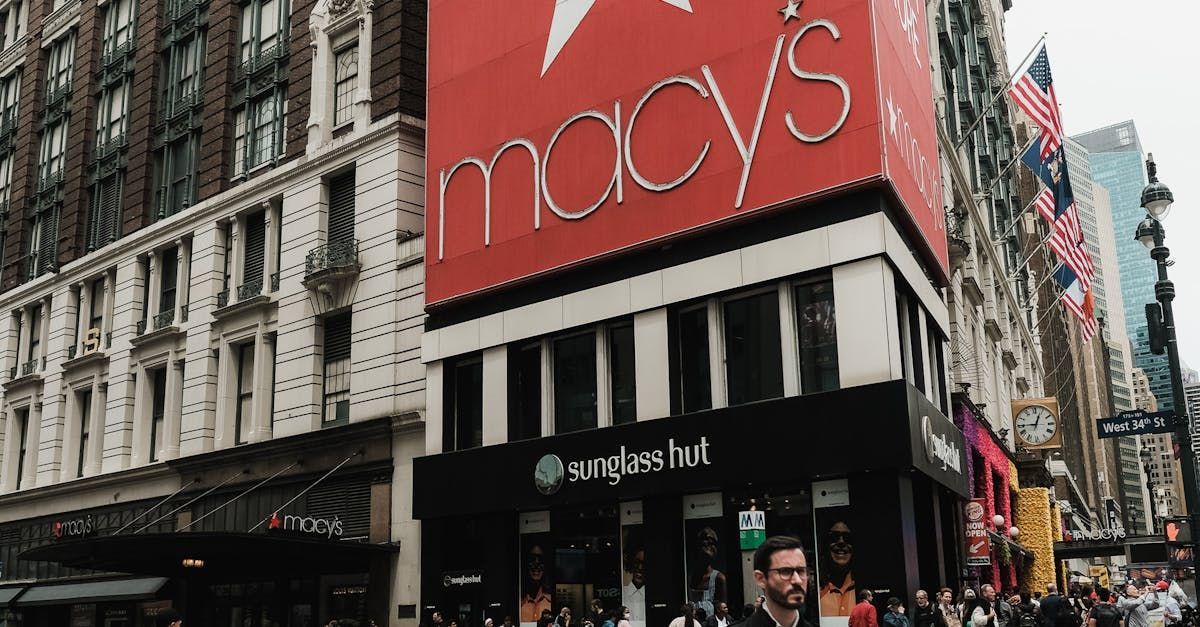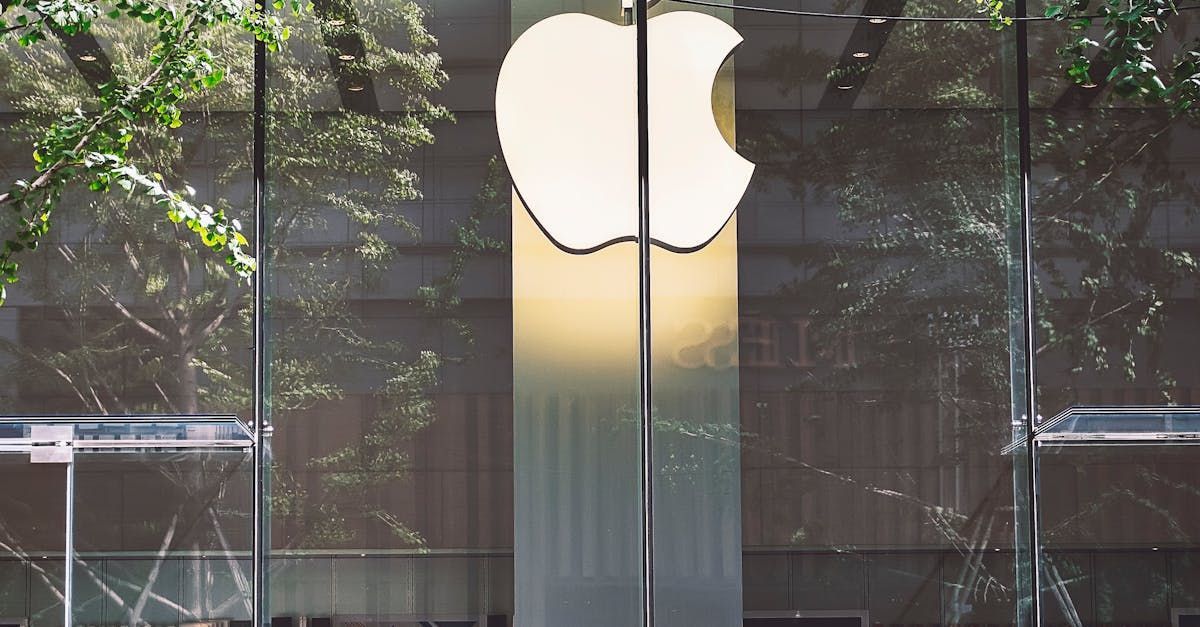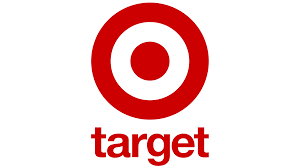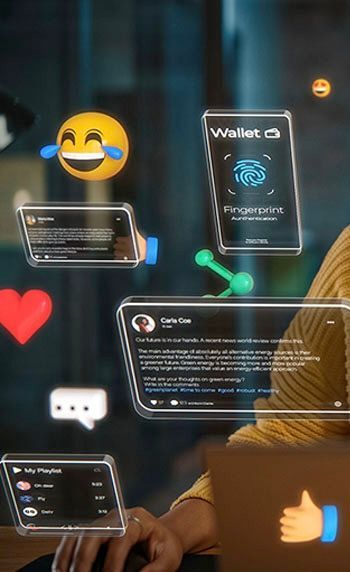Why 'School' Means Shopping—The Back-to-School Story

As the summer sun sets and the school bells prepare to ring, it’s time to dive into one of the most enduring rituals of the season: back-to-school shopping. This annual tradition has evolved significantly over the years, adapting to changing consumer habits, technological advancements, and cultural shifts. In this blog, we’ll explore how back-to-school shopping has transformed, with a focus on the marketing strategies of three iconic retailers: Target, Apple, and Old Navy.
A Brief History: From Schoolhouse Staples to Seasonal Shopping Spree
Back-to-school shopping wasn’t always the retail event it is today. In the early 20th century, the concept was far more modest, focused primarily on acquiring basic school supplies like pencils, paper, and textbooks. Clothing was often homemade or handed down, and the idea of a dedicated shopping spree was unheard of.
It wasn’t until the post-World War II economic boom that back-to-school shopping began to take shape as a significant retail event. The rise of suburban living, coupled with a growing emphasis on education, created a new demand for school-related goods. Retailers seized the opportunity, and by the 1960s, back-to-school shopping had become a well-established tradition.
The Shift: From Brick-and-Mortar to Click-and-Collect
The advent of the internet and e-commerce in the late 20th century brought about a seismic shift in the way consumers approached back-to-school shopping. No longer limited to physical stores, shoppers could now browse, compare, and purchase items online, leading to the rise of click-and-collect services and home delivery options.
Retailers had to adapt quickly, with many investing in robust online platforms and digital marketing strategies. This shift marked the beginning of a more personalized shopping experience, with targeted ads, email campaigns, and social media influencers playing crucial roles in shaping consumer behavior.

Brand Spotlight: Target, Apple, and Old Navy
Each of these brands has developed a unique approach to back-to-school shopping, targeting different audiences with distinct marketing strategies.
- Target: Known for its wide range of affordable products, Target has positioned itself as a one-stop-shop for all back-to-school needs. The brand’s marketing campaigns often highlight convenience, emphasizing the ease of getting everything from school supplies to clothing in a single trip. Target leverages both traditional and digital media, with vibrant, family-friendly ads that appeal to parents looking for value without sacrificing quality. Their "School List Assist" tool, which allows parents to shop directly from their child’s school supply list online, is a perfect example of how Target integrates convenience with modern technology.
- Apple: Apple’s back-to-school marketing strategy is all about premium products that enhance the educational experience. Their campaigns typically target college students and parents looking to invest in high-quality technology, such as laptops, tablets, and accessories. Apple’s marketing emphasizes the dual functionality of their products for both study and leisure, often featuring sleek, minimalist visuals and testimonials from students and educators. The brand’s "Back to School" promotion, which includes discounts and free accessories with certain purchases, further solidifies Apple’s position as the go-to choice for tech-savvy students.
- Old Navy: In contrast to Apple’s tech-focused approach, Old Navy zeroes in on back-to-school fashion. The brand’s marketing campaigns are lively, colorful, and budget-friendly, targeting families with school-aged children. Old Navy’s ads often feature diverse, energetic casts, showcasing the latest trends in kids' clothing at prices that won’t break the bank. Their "Built for Play" campaign emphasizes durability and comfort, appealing to parents looking for stylish yet practical outfits for their children.



Modern Marketing: Engaging Shoppers in the Digital Age
Today’s back-to-school shopping experience is a blend of in-store and online interactions. Retailers like Target have embraced omnichannel strategies, offering curbside pickup and same-day delivery to cater to busy families. Digital marketing plays a crucial role, with personalized emails, social media ads, and influencer partnerships driving engagement.
Apple continues to innovate with virtual events and educational content, while Old Navy uses social media challenges and hashtags to create buzz around their latest collections. The integration of augmented reality (AR) and virtual try-on features has also begun to emerge, providing consumers with an interactive, engaging shopping experience.
Conclusion: A New School Year, A New Shopping Experience
As we prepare for another school year, it’s clear that back-to-school shopping has come a long way from its humble beginnings. The evolution of back-to-school marketing reflects broader changes in consumer behavior, from the rise of e-commerce to the increasing importance of brand values like convenience, affordability, and technology.
Brands like Target, Apple, and Old Navy demonstrate how effective marketing can turn a seasonal task into a memorable experience. Whether it’s the convenience of Target’s one-stop-shop, the innovative technology from Apple, or the fashionable yet practical offerings from Old Navy, these brands have mastered the art of back-to-school marketing in the digital age.
So, as you check off those school supply lists and outfit your kids in the latest styles, remember that back-to-school shopping is more than just a chore—it’s a chance to start the new school year with a fresh perspective and the right tools for success.
Sources
Retail Dive (2023). "The Evolution of Back-to-School Shopping."
Target Official Website, (2023). Target Corporation
Apple Inc. Marketing Materials, (2023). Apple Inc.
Old Navy Official Website, (2023). Old Navy
New Paragraph

